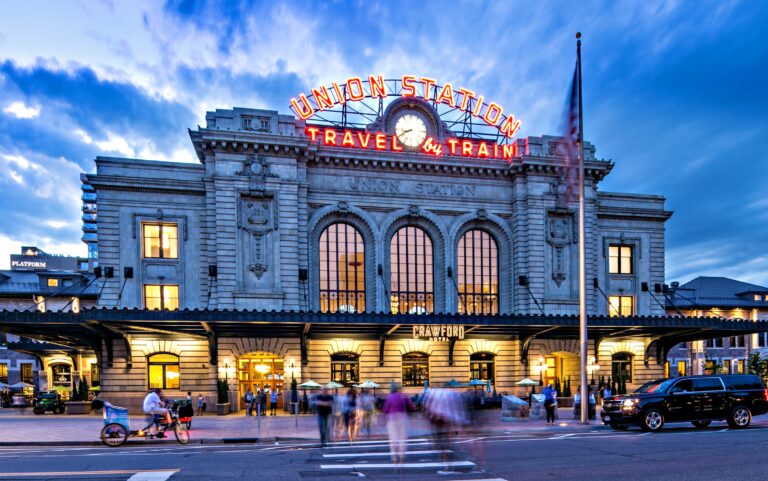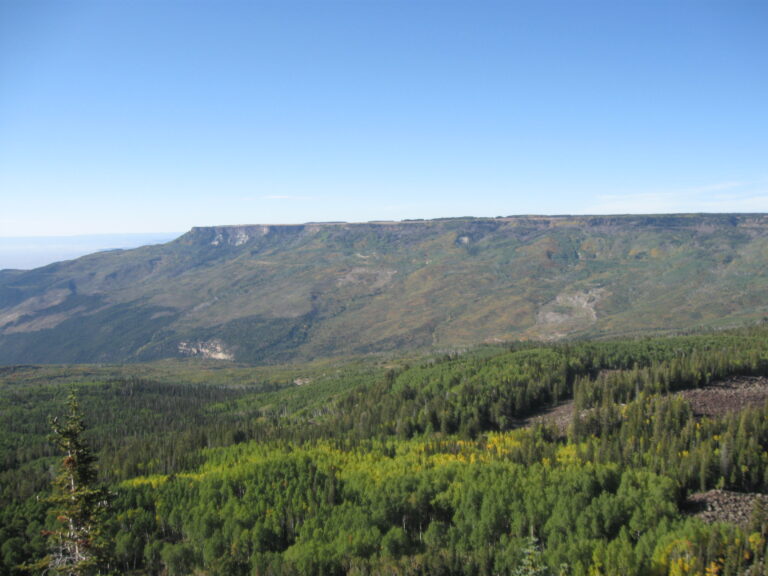 At an out-of-town business dinner, I shared a table with New York- and Toronto-based associates. Between salad and salmon, we discussed hometowns.
At an out-of-town business dinner, I shared a table with New York- and Toronto-based associates. Between salad and salmon, we discussed hometowns.
Denver is probably a pleasant place to live, my companions conceded. But there’s little there for a tourist. The good stuff, they claimed, is all in the mountains.
Choking on my chardonnay, I begged to differ. Denver is hardly a cow town, even if it does annually host the National Western Stock Show and Rodeo. We may not have the arts, entertainment, cuisine and crime of a major cultural capital, but the Mile High City is certainly more than a traffic jam separating the airport from the aspens.

There’s plenty to do in Denver and its suburbs, I told them. The adventure begins at Denver International Airport.
Covering 53 square miles, DIA blankets enough ground to hold Los Angeles International, Chicago O’Hare plus New York’s JFK and LaGuardia fields combined. This Texas-sized spread even sports its own oil wells.
“If you land on one of the western runways, look toward the mountains and you’ll see a couple of derricks,” says DIA spokesman Dan Melfi.
The airport’s most distinctive feature is the terminal’s tent roof. Made from Teflon-coated fiberglass, the white cones look like snowcapped peaks with silicone implants. When admiring the ceiling indoors, be cautious looking up. Sparrows often fly within.
“In 10 years, I’ve only heard of one person who complained,” says Melfi. “We weren’t even sure it was bird poop.”
DIA lies 23 miles northeast of downtown Denver, and the drive can take an hour. A few hints for Mile High motoring include watching for car-swallowing potholes, avoiding construction cone-zones and remembering to feed parking meters generously. Failure to pay may result in one’s car being fitted with the infamous “Denver Boot,” a clamp-on, wheel-locking, auto-immobilizing device. And please, never, ever drive after swilling a sizable sampling of the city’s celebrated suds.
Called the Napa Valley of Beer, our area ferments more of the frothy beverage than anywhere else in the country. Even the city’s mayor owned a brew pub where patrons could honor His Honor with a pint of porter.
“Eighty different beers are brewed on an average day around Denver,” brags Rich Grant, spokesman for the Denver Convention and Visitors Bureau. “Our Coors plant is the largest single brewery in the world.”

Since one should not drink on an empty stomach, especially at altitude, I recommend indulging in some of our namesake edibles, such as a Denver omelet. Better yet, try a plate of Rocky Mountain oysters, a landlocked delicacy derived from the private parts of castrated calves. At restaurants like The Fort, women often order them as appetizers while men sit nervously cross-legged.
“When we hosted President Clinton and the leaders of the world, the White House chef decided not to serve them to the dignitaries,” says Fort co-owner Holly Arnold Kinney. “The accompanying journalists joked about how the world leaders didn’t have the ‘right stuff’ to eat them.”
Many of Denver’s fine eateries can be found downtown along the 16th Street Mall, a car-free boulevard open only to pedestrians and shuttle buses. Here visitors encounter Denverites who smile and say “hello.” Many don’t even ask for spare change.
Beyond the south end of the mall lies the Colorado capitol with its gold-plated dome. A few blocks away rises the Denver city-county building, famous for its spectacular Christmas lights and decorations. The Denver Mint, where about half the nation’s coins are stamped, stands nearby. Unlike Coors, it does not offer free samples.
At the northern end of the 16th Street Mall lies LoDo (Lower Downtown). Not long ago, this area contained little more than deserted warehouses and derelict pigeons. Now, it teems with pubs, restaurants, shops, galleries, limos and lofts. The bums-to-boom turnaround came with the building of Coors Field, home of the Colorado Rockies baseball team.
On a nice day, 40,000 fans pack the “Keg” to watch the Rox play their version of thin-air baseball. For years, home runs here flew like popcorn from an open kettle. Now they store the baseballs in a humidor, which keeps them softer and less prone to leave the park.
While one can always buy a Bud at Coors Field, vendors do not sell Coke at the Pepsi Center, the city’s 19,000-seat arena. The “Can” is the home of hockey’s Colorado Avalanche and basketball’s Denver Nuggets.
Across the freeway stands Invesco Field at Mile High, home turf of the Denver Broncos football team. The stadium provides so many restroom facilities, female spectators seldom have to wait in longer lines than males. Call it potty parity.
It may sound like Denver should be wallowing in spectator sloth, but, statistically, the city boasts the lowest percentage of overweight adults in the country. That’s because we are an active bunch.
Denver provides more than 200 urban parks where bikers cruise paved parkways and joggers huff urban trails. Golfers love it here. In the rarefied air, even shanks travel 10 percent farther.
“The hard part for people is knowing exactly how far the ball’s going,” says Castle Pines pro Sue Sanders. “They get up here and just launch it.”
For those with kids, Denver offers an array of family friendly fun. Youngsters can ski at the Children’s Museum or chase winged color around the Butterfly Pavilion. Those who like it wet can splash at Hyland Hills Water World, one of America’s largest water-drenching theme parks. Should the progeny prefer drier excitement, Denver’s Elitch Gardens theme park dispenses enough gut-wrenching action to electrify shrieking youths and get parents gulping Pepto-Bismol.
In more sedate Tiny Town, offspring can explore a miniature village built on the site of a Denver-to-Leadville stagecoach stop. Started in 1915, the pint-size community features over 100 Victorian-style buildings.

Each wooden structure is a one-sixth scale reproduction, I explained to my dining companions over coffee and crème brûlée. That’s about the size of a kid’s tree house.
As we rose to leave, I suggested my new friends venture to the Mile High City and discover for themselves how much there is to do.
“Just be sure and call first,” I warned them. “Otherwise, I’ll probably be up in the mountains.”
If You Go
Visit Denver, The Convention & Visitors Bureau
1555 California St., Suite 300
Denver, Colorado 80201
303-892-1112
www.denver.org
Dan Leeth is a freelance writer who lives in Aurora. Visit his website, lookingfortheworld.com.



